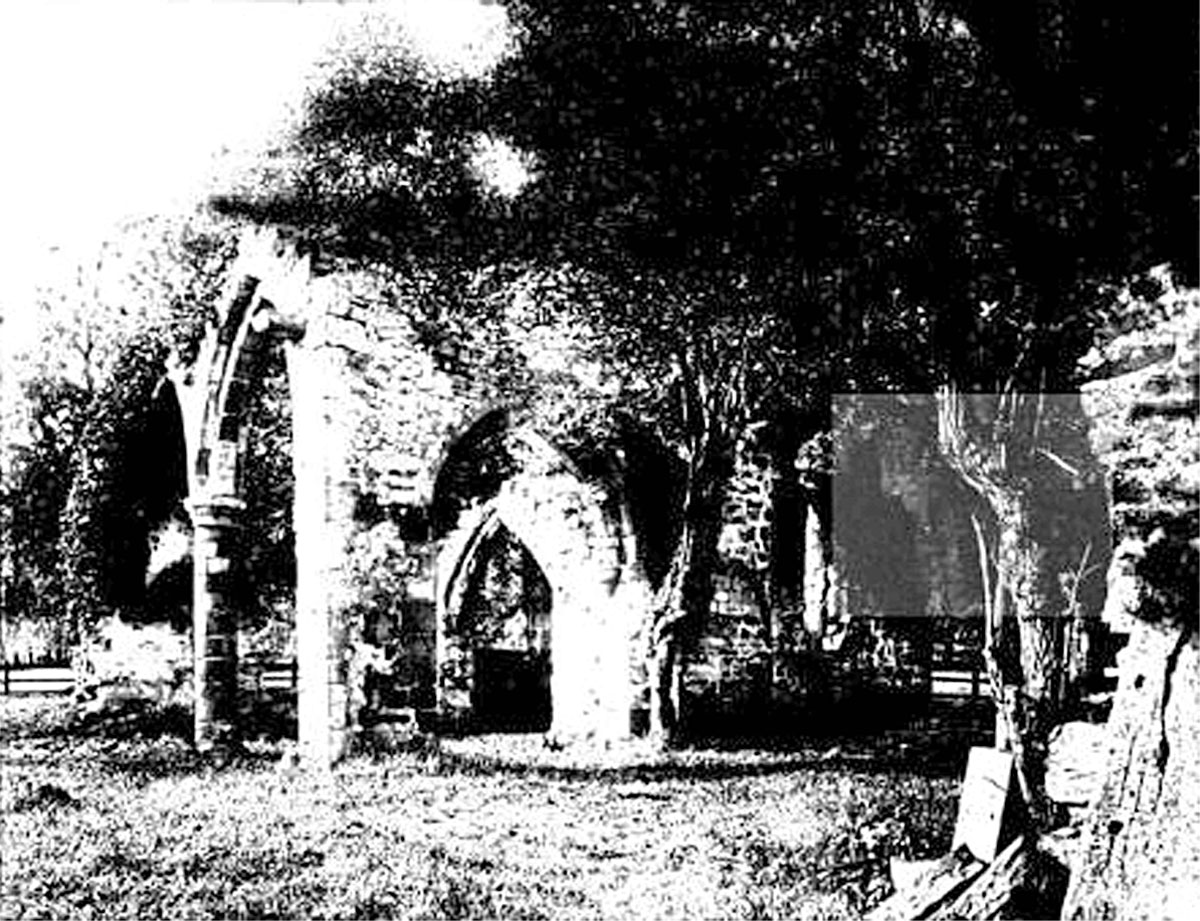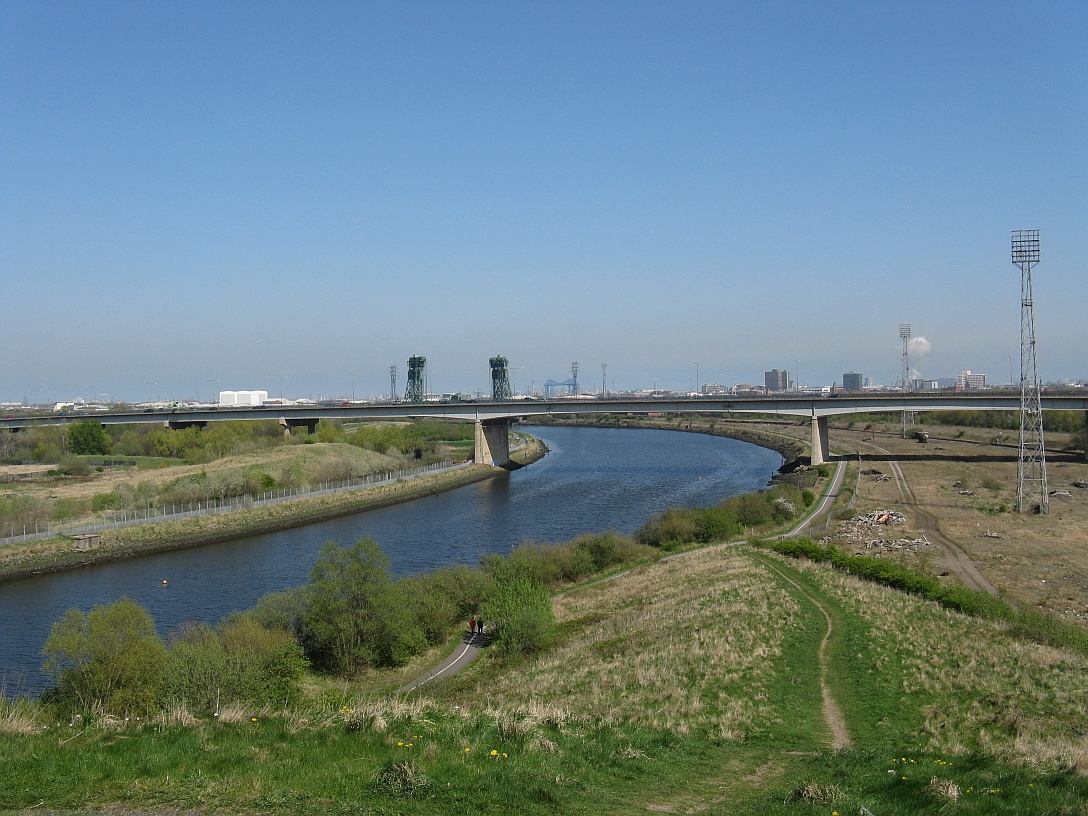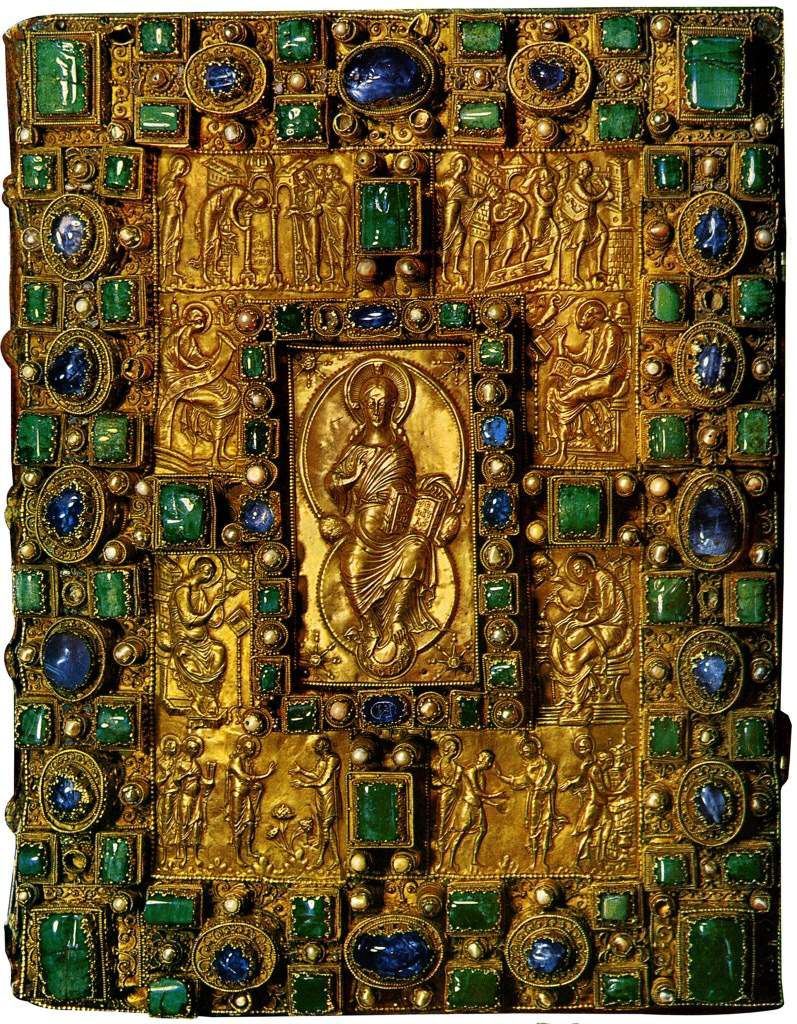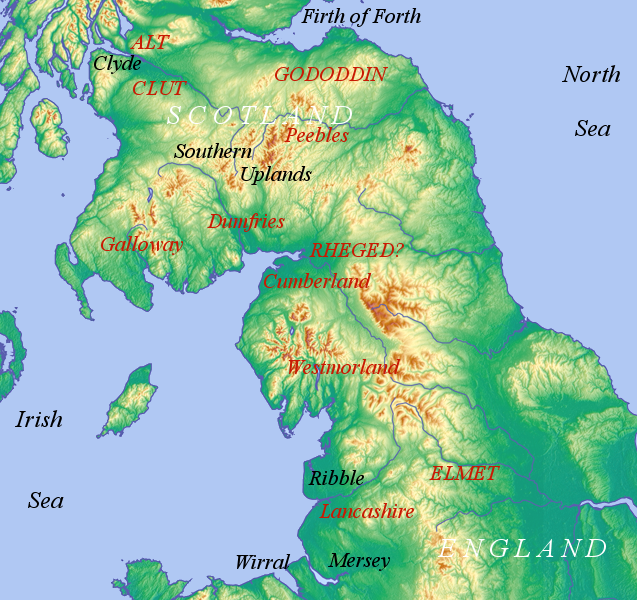|
Sockburn
Sockburn is a village and former civil parish to the south of Darlington in County Durham, England. It is situated at the apex of a meander of the River Tees, known locally as the Sockburn Peninsula. Today, all that remains of the village is an early nineteenth-century mansion, a ruined church and a farmhouse built in the late eighteenth century. Sockburn is best known for: * Important links with Lindisfarne and Celtic Christianity * The discovery of Viking Age hogbacks. * '' The Sockburn Worm '' , a ferocious wyvern that laid waste to the village. * Sockburn Hall, a 19th-century country house and a Grade II listed building. Governance Sockburn was once a larger parish. The ancient parish included the townships of Sockburn in County Durham, and Girsby and Over Dinsdale, both on the opposite bank of the River Tees in the North Riding of Yorkshire. In 1866 Girsby and Over Dinsdale became separate civil parishes. By 1961 the parish had a population of only 32. At ... [...More Info...] [...Related Items...] OR: [Wikipedia] [Google] [Baidu] |
Sockburn Hall
Sockburn Hall is privately owned 19th-century country house at Sockburn, near Darlington, County Durham, England. It is a Grade II* listed building. As at 2008, both the Hall and adjoining Grade II coach house are listed by English Heritage on the Buildings at Risk Register, as is the adjacent ruined Grade I Church of All Saints. History The Manor of Sockburn was for many years in antiquity the home of the Conyers family, known, inter alia, for the legend of the Sockburn Worm. In the late 17th century the estate was purchased by the Blackett family. The present house was built to replace the old manor for the occupation of Henry Collingwood Blackett (third son of Sir William Blackett, 5th Baronet) in about 1834 in a neo Jacobean architecture The Jacobean style is the second phase of Renaissance architecture in England, following the Elizabethan style. It is named after King James VI and I, with whose reign (1603–1625 in England) it is associated. At the start of Ja ... [...More Info...] [...Related Items...] OR: [Wikipedia] [Google] [Baidu] |
Conyers Baronets
The baronetcy of Conyers of Horden was created in the Baronetage of England on 14 July 1628 for John Conyers of Horden, County Durham. Early history Between 1099 and 1133 the then Bishop of Durham, Ralph Flambard, granted lands at Sockburn, in County Durham and Hutton, in the North Riding of Yorkshire, to a Roger de Conyers. By the end of the 12th century the lands were divided between two branches of the Conyers family. The elder branch resided at Hutton Conyers, which passed to the Mallory family in 1347 after a Conyers daughter married a Mallory. The other branch was well established at Sockburn. Sockburn Hall was the family seat. The last male Conyers at Sockburn died in 1635, and his granddaughter sold the manor of Sockburn. Horden Hall In the 16th century Richard Conyers of Hornby, a descendant of Sir Christopher Conyers of Sockburn, married the heiress of the Horden estate near Peterlee, County Durham, and Horden Hall became the family seat. In 1810, Horden ... [...More Info...] [...Related Items...] OR: [Wikipedia] [Google] [Baidu] |
Sockburn Worm
In the folklore of Northumbria, the Sockburn Worm was a ferocious wyvern that laid waste to the village of Sockburn in Durham. It was said that the beast was finally slain by John Conyers. The tale is said by many to be the inspiration for Lewis Carroll's poem ''Jabberwocky "Jabberwocky" is a nonsense poem written by Lewis Carroll about the killing of a creature named "the Jabberwock". It was included in his 1871 novel ''Through the Looking-Glass'', the sequel to ''Alice's Adventures in Wonderland'' (1865). The bo ...'' which he wrote while in Croft-on-Tees and Whitburn, South Tyneside, Whitburn. Each newly consecrated Bishop of Durham, Bishop-Prince of Durham, while entering the Bishopric for the first time at the local Ford or over the bridge over the River Tees at Croft-on-Tees, was presented with the falchion that John Conyers used on the worm. The Lord of Sockburn traditionally reads a speech while presenting the blade: ''"My Lord Bishop. I hereby present you with the fa ... [...More Info...] [...Related Items...] OR: [Wikipedia] [Google] [Baidu] |
Girsby
Girsby is a village and civil parish in Hambleton District of North Yorkshire, England. The village lies on high ground on the eastern bank of the River Tees. The population of the parish was estimated at 40 in 2010. The population as of the 2011 census remained less than 100. Details are included in the civil parish of Over Dinsdale. Historically the village was a township in the ancient parish of Sockburn, a parish divided by the River Tees between the North Riding of Yorkshire (which included Girsby) and County Durham (which included the township of Sockburn). Girsby became a separate civil parish in 1866. The settlement has fallen into disrepair, many of the remaining buildings are derelict, there are barely enough houses to constitute a hamlet. The small and secluded 'Girsby All Saints Church' overlooks the meandering Tees from its elevated position. The views from this vantage point are most enjoyable at sunset. A private farmers track leads down to a rarely used ... [...More Info...] [...Related Items...] OR: [Wikipedia] [Google] [Baidu] |
Over Dinsdale
Over Dinsdale is a small village and civil parish in the Local Government District of Hambleton in North Yorkshire, England. The population of the village (including Girsby) taken at the 2011 census was 151. The village straddles an ancient Roman road on the border with County Durham, on a peninsula in the River Tees, approximately 6 miles from Darlington and 8.5 miles from Yarm. The Teesdale Way passes through the village. Historically the village was a township in the ancient parish of Sockburn, a parish divided by the River Tees between the North Riding of Yorkshire (which included Over Dinsdale) and County Durham (which included the township of Sockburn). Over Dinsdale became a separate civil parish in 1866. The neighbouring village of Low Dinsdale Low Dinsdale is a village and former civil parish in the borough of Darlington (borough), Darlington and the ceremonial county of County Durham, England. The Parish population taken at the United Kingdom Census 2011, 2011 ... [...More Info...] [...Related Items...] OR: [Wikipedia] [Google] [Baidu] |
Darlington
Darlington is a market town in the Borough of Darlington, County Durham, England. The River Skerne flows through the town; it is a tributary of the River Tees. The Tees itself flows south of the town. In the 19th century, Darlington underwent substantial industrial development, spurred by the establishment there of the world's first permanent steam-locomotive-powered passenger railway: the Stockton and Darlington Railway. Much of the vision (and financing) behind the railway's creation was provided by local Quaker families in the Georgian and Victorian eras. In the 2011 Census, the town had a population of 92,363 (the county's largest settlement by population) which had increased by the 2020 estimate population to 93,417. The borough's population was 105,564 in the census, It is a unitary authority and is a constituent member of the Tees Valley Combined Authority therefore part of the Tees Valley mayoralty. History Darnton Darlington started as an Anglo-Saxon settle ... [...More Info...] [...Related Items...] OR: [Wikipedia] [Google] [Baidu] |
Neasham
Neasham is a village approximately four miles to the south east of Darlington in County Durham, England. Geography and recreation The village sits on the banks of the River Tees which, at that point, marks the border between the counties of Durham and North Yorkshire. The crossing at the River Tees at Neasham is the point of the great road north and the point where the bishops crossed into Co Durham (the Land of the Prince Bishops). The layout of Neasham consists of one main street, Teesway, which runs west to east for about half a mile plus some minor turn-offs with residences. In the summer visitors come to the village for canoeing, fishing, cycling and horseriding. Events ''Bonfire night''- on the playing field next to the river the village holds a huge bonfire with local people starting to collect branches, furniture etc. in early September. In 2006 Stockton Borough Council tried to stop the bonfire because of health and safety but failed. Afterwards there is also fireworks ... [...More Info...] [...Related Items...] OR: [Wikipedia] [Google] [Baidu] |
County Durham
County Durham ( ), officially simply Durham,UK General Acts 1997 c. 23Lieutenancies Act 1997 Schedule 1(3). From legislation.gov.uk, retrieved 6 April 2022. is a ceremonial county in North East England.North East Assembly �About North East England. Retrieved 30 November 2007. The ceremonial county spawned from the historic County Palatine of Durham in 1853. In 1996, the county gained part of the abolished ceremonial county of Cleveland.Lieutenancies Act 1997 . Retrieved 27 October 2014. The is the of [...More Info...] [...Related Items...] OR: [Wikipedia] [Google] [Baidu] |
River Tees
The River Tees (), in Northern England, rises on the eastern slope of Cross Fell in the North Pennines and flows eastwards for to reach the North Sea between Hartlepool and Redcar near Middlesbrough. The modern day history of the river has been tied with the industries on Teesside in its lower reaches, where it has provided the means of import and export of goods to and from the North East England. The need for water further downstream also meant that reservoirs were built in the extreme upper reaches, such as Cow Green Reservoir, Cow Green. Etymology The name ''Tees'' is possibly of Common Brittonic, Brittonic origin. The element ''*tēs'', meaning "warmth" with connotations of "boiling, excitement" (Welsh language, Welsh ''tes''), may underlie the name. ''*Teihx-s'', a root possibly derived from Brittonic ''*ti'' (Welsh ''tail'', "dung, manure"), has also been used to explain the name ''Tees'' (compare River Tyne#Origins of name, River Tyne). Geography The river drains and ... [...More Info...] [...Related Items...] OR: [Wikipedia] [Google] [Baidu] |
Early Middle Ages
The Early Middle Ages (or early medieval period), sometimes controversially referred to as the Dark Ages, is typically regarded by historians as lasting from the late 5th or early 6th century to the 10th century. They marked the start of the Middle Ages of European history, following the decline of the Western Roman Empire, and preceding the High Middle Ages ( 11th to 13th centuries). The alternative term '' late antiquity'', for the early part of the period, emphasizes elements of continuity with the Roman Empire, while ''Early Middle Ages'' is used to emphasize developments characteristic of the earlier medieval period. The period saw a continuation of trends evident since late classical antiquity, including population decline, especially in urban centres, a decline of trade, a small rise in average temperatures in the North Atlantic region and increased migration. In the 19th century the Early Middle Ages were often labelled the ''Dark Ages'', a characterization base ... [...More Info...] [...Related Items...] OR: [Wikipedia] [Google] [Baidu] |
Cumbric
Cumbric was a variety of the Common Brittonic language spoken during the Early Middle Ages in the '' Hen Ogledd'' or "Old North" in what is now the counties of Westmorland, Cumberland and northern Lancashire in Northern England and the southern Scottish Lowlands. It was closely related to Old Welsh and the other Brittonic languages. Place name evidence suggests Cumbric may also have been spoken as far south as Pendle and the Yorkshire Dales. The prevailing view is that it became extinct in the 12th century, after the incorporation of the semi-independent Kingdom of Strathclyde into the Kingdom of Scotland. Problems with terminology Dauvit Broun sets out the problems with the various terms used to describe the Cumbric language and its speakers.Broun, Dauvit (2004): 'The Welsh identity of the kingdom of Strathclyde, ca 900-ca 1200', ''Innes Review'' 55, pp 111–80. The people seem to have called themselves the same way that the Welsh called themselves (most likely fro ... [...More Info...] [...Related Items...] OR: [Wikipedia] [Google] [Baidu] |
Q-Celtic
The Celtic languages (usually , but sometimes ) are a group of related languages descended from Proto-Celtic. They form a branch of the Indo-European language family. The term "Celtic" was first used to describe this language group by Edward Lhuyd in 1707, following Paul-Yves Pezron, who made the explicit link between the Celts described by classical writers and the Welsh and Breton languages. During the 1st millennium BC, Celtic languages were spoken across much of Europe and central Anatolia. Today, they are restricted to the northwestern fringe of Europe and a few diaspora communities. There are six living languages: the four continuously living languages Breton, Irish, Scottish Gaelic and Welsh, and the two revived languages Cornish and Manx. All are minority languages in their respective countries, though there are continuing efforts at revitalisation. Welsh is an official language in Wales and Irish is an official language of Ireland and of the European Union. Wels ... [...More Info...] [...Related Items...] OR: [Wikipedia] [Google] [Baidu] |




